Much is being talked about the book I brought out early this year 2023. The title of the book is “Complexities of the South Asian Political Order” and talks of South Asian contemporary politics. Being a media man engaged in this profession since 1969 onwards, obviously I have gained some knowledge about the politics of my own country and beyond. Though as a learner in this profession that spans for almost five decades plus, yet I have myself experienced and at times remained the “eye witness” to several political events that has in many more ways than one destabilized my country. I have also witnessed how some regional countries were artificially made unstable and the self proclaimed “regional Police” exploited from the disorder in a particular country. Reason for such an instability includes both internal and external elements which have jolted the nation at crucial times.
Both the external and internal political disorder have left an impact on me and my career as a media man of this beautiful country that it is. I have felt disturbed equally when my country had to suffer from the India imposed economic blockades in series and also from the forced landing of the Indian Peace Keeping Forces in Sri Lanka in the name of taming the “India designed” Tamil Tigers. Much later, the retired Indian Foreign Secretary J. N. Dixit while talking to this scribe long time back admitted that “it was a blunder on the part of India in sending the IPKF to Colombo”. This he (Dixit) said at a diplomatic gathering held in Hotel Annapurna in Kathmandu.
India’s blunders are countless yet India treats the smaller nations in its neighborhood as “inferiors”. I have personally experienced the rule of three monarchs: beginning King Mahendra and later his son King Birendra and the last one of King Gyanendra-now almost not in the political scene as he was, informed sources claim, summarily and unceremoniously “deposed” and told to enter into the nearby Nagarjun jungles in and around 2008, to be more specific. Thanks to the Indian maneuvering as always. How the last King had to relinquish the throne has a long story full of conspiracy both internal and external. It was once again an India manufactured conspiracy indeed wherein China too assisted its rival-India. King Gyanendra willingly abandoned the throne, as we could see through the Idiot box then, when “forces” inimical from all possible quarters pounced upon him.
The forces which were in the political landscape against the King then were Nepal’s seven political parties and unquestionably the visible hands of the external force that was then the Indian regime under Indian Congress Prime Minister Dr. Man Mohan Singh- the proxy of Madame Sonia Gandhi whom some Nepali leaders take as “Italian Queen” sent to rule or say command India aka Hindustan aka Bharat. As for King Mahendra, I saw him in person at the Kathmandu International Airport the day when he returned from Iran upon attending a ceremony at Persepolis in 1971. As a newcomer in this line of work, I was quite impressed by the “personality” he possessed befitting a nationalist monarch of Nepal. Later some of his works he did and accomplished for the nation were quite impressive, however, for the political parties then active in Nepal had only “complains” for him and took King Mahendra as an autocratic monarch.
After King Mahendra’s mysterious demise, King Birendra ascended the Nepali throne. King Birendra, let’s admit, was a benevolent King with “democratic” mindset and was a perfect gentleman. However, the day King Birendra while addressing a large international gathering in Kathmandu in the early seventies declared Nepal as a “Zone of Peace” and appealed to the attending foreign dignitaries to help support his Zone of Peace Proposal. Many countries including even the United States under Ronald Reagan recognized the King’s proposal. However, the Indian regime Madame Indira Gandhi-the inferiority complex ridden lady Indian Prime Minister took the ZOP in a different manner. She perhaps instructed her authorities in Delhi and her men in the Indian mission in Kathmandu to harass the King for his “misadventure” as she may have taken and thus began the “defame Nepal King Campaign in earnest”.
Nepali media with India bent too toed the Indian line. No wonder. The entire Indian administration took up the task and the “willing India elevated Nepali leaders” too assisted the Indian regime to the best they could. Several media men presumably were hired to write stories against the King and so on. A section of Nepali people celebrated as and when King Birendra was humiliated by the Indian or for that matter the international media of which I am the eye witness. The media men both in India and Nepal took it as a “sacred duty” and began writing nonsense against the King and his peace plan. India objected to the Nepali peace plan forwarding the reason that this zone of peace proposal announced by Nepal King was aimed at sending a message to the world that threat to Nepal’s sovereignty and independence emanated from the Southern border.
In India’s opinion there was nothing as such in the minds of India. However, the nationalist King and his “unsold” nationals had reasons to believe that India was a potential threat to Nepal and this opinion still remains valid and kicking. If there is a threat then it is definitely from India and India alone. So India finally under a flimsy ruse that Nepal bought some military materials from China imposed an economic blockade on March 23, 1989 to be precise. This created havoc in India. The then Prime Minister Marich man Singh braved the economic blockade and imported all the necessary materials either from Russia, China or from Bangladesh and provided relief to the nationals across the country. However, Rajiv Gandhi-the immature political man wanted to cash the situation and instructed his Kathmandu mission to flare up the slogans against the Nepali monarch.
The India bend leaders supported PM Gandhi as their own Prime Minister and stepped up the ante-King crusade. Sensing the mood of the India driven confrontation, the sitting monarch wished to talk to Nepal's agitating leaders instead of bowing down to the Indian regime under playboy-Rajiv Gandhi. The King accepted to remain in the throne as “constitutional monarch”. It was in a way the beginning of the end of Nepal and its core social values. The rest is a gloomy history which got repeated once again when King Gyanendra too had to face a similar situation.
India's proxy Prime Minister Dr. M. M. Singh met King Gyanendra in Dhaka SAARC Summit who then contested the Indian idea to include Afghanistan into the SAARC frame. The Nepali King rejected the Indian choice, forwarding that as long as foreign forces are inside Afghanistan, it would be very difficult to award SAARC membership to the Kabul government-then a satellite of the Indian regime. When the “conflict took a precarious shape”, the Nepali King then forwarded the name of China as an “observer” in the SAARC. And thus Afghanistan entered the SAARC and China too had an observer status. China since then has been inside the SAARC format.
But this conflict between King Gyanendra and Dr. Singh sooner than later resulted in fomenting untold troubles to the Royal government presumably by those political parties who were having clear and distinct India bend. The King entered into the Jungles and the Nepal Maoists who were the “tool” of the Indian regime were sent to Kathmandu to usurp power through India’s trusted and tested man in Nepali politics-Girija Prasad Koirala (late). With due respect and honor to late Koirala, what must be frankly said of him is that he almost submitted the entire nation to the mercy of the Indian union with the tacit backing of the New Delhi residing Nepal Maoists-the chairman of the Maoists party and currently the Prime Minister of Nepal. Let’s be frank in admitting the fact, if one were to borrow to what Mr. Kamal Koirala (a communist leader and the son of late Matrika Prasad Koirala, then Comrade Prachanda, in his own words, “was the SHOE of the Indian regime while being in Delhi and now he has already become the socks of the Indian Regime”.
On what basis Mr. Koirala accused PM Dahal is not known but what is known is that PM Dahal is an India installed man all set to dissolve the nation sooner than later. Koirala is the son of Matrika Prasad Koirala who, as the rumor goes in Nepal, sold Koshi river to India during his Premiership. The fact is that the Koiralas’s in Nepal are taken as Indian by the detractors. Kamal Koirala also has not good words for his own Party Chairman K. P. Oli as he then says of Oli that “Oli is too a man brought into prominence by the Indian regime itself, however, Oli’s inching closer to rival China made Oli to claim at times a “nationalist” to which he is not.
All India’s men ruling Nepal? Yes!. Kamal Koirala further states in his fresh interview that India has a dozen of Nepali leaders functioning as Sikkim’s Lendhup Dorje-the one “traitor” who assisted Madame Indira Gandhi to annex independent and sovereign Sikkim in the mid seventies. These Lendup Dorjes’, as per Kamal Koirala, are well entrenched in Nepali politics both in the Nepali Congress and the UML. An easy escape from these presumed traitors appears difficult if not impossible. If one were to believe Koirala’s explosion then we have to accept that the current leaders ruling the country, left or right, resemble the “anti-national deeds” of the Kazi Lendhup Dorje.
Such accusations on Nepali leaders are not new in that even one of the signatory of the Delhi designed 12 point agreement hurls allegations saying that to save himself, the rest were posted and recruited men of Delhi in order to dissolve the country a la Sikkim. Perhaps it is for these continued political reasons that I took the nerve to publish this book for the knowledge of my readers both within and without as to how India has captured the Nepali politics, both internal and external. For a section of the political circuit, India is a menace for Nepal. The present book “Complexities of the South Asian Political Order” in essence talks about the Indian interventions or say meddling in Nepal and other smaller South Asian nations as and when these nations undergo troubled waters.
Even immediate rival Pakistan too appears to have been infested with the RAW virus of late. Rumors have it that some big and vibrant media men in Pakistan much like Nepal have been tacitly working for the Indian regime by weakening their own government in Islamabad. So much so that countries like the Maldives, Sri Lanka, Afghanistan, Bangladesh too at times experience the RAW menace in their countries at par with what Nepal experiences since the beginning of India gaining Independence from the East India Company as back as in 1947. A “Indian military out” campaign has rocked the Maldives in recent years under former President Abdulla Yameen. However, Indian entrenchment has not decreased yet.
In the troubled Sri Lanka, the Indian Prime Minister pressed the new Colombo set up to award a power deal to his business friend Gautam Adani. The Modi-Adani connections were best illustrated by the American billionaire George Soros at the recently held Security Conference in Munich, Germany. It made no difference to PM Modi. However, Modi is currently being challenged/contested by rival-Rahul Gandhi of the Indian national congress. The present book just published (early this year) talks at length over the facts that have generally been ignored, just as the one I mentioned in the above paragraphs, by my equally competent professional colleagues. Bluntly speaking, I have included those concerns which generally my contemporaries pay no heed to for some inexplicable reasons.
However, I have tried to uncover those overlooked theme(s) which happen inside India, for example, on Kashmir, hatred of Muslims, on some sort of religious fanaticism that make headlines even in the international media and Indian interventions in Sri Lanka, the Maldives, Bhutan and Bangladesh. I generally quote Zainal Abedin-a scholar from Bangladesh who some two years ago bluntly told his friends attending an international webinar that he would wish to see a grand coalition of some Muslim countries to fight against the RAW hazard in a collective manner.
If one were to believe Zainal Abedin then his country-B’desh is being run tentatively by the Delhi regime. Sources say that under Delhi’s excessive pressure, Dhaka is likely to join the US designed Quad. Perhaps this speaks more than one could write and explain. Nepal’s case is more acute in that it could not be a mere conjecture that the Nepali Congress party announced its Nepal President candidate only the day after the return of Indian viceroy Binaya Mohan Quatra from Kathmandu who had just came to Kathmandu presumably only to “instruct” his men in Nepal to appoint Delhi’s trusted and tested man for the post of Nepal President.
And look Ram Chandra Poudel is now our President who upon ascending to the Presidential post recited a poem in Hindi ( in fact it was a Shayari) and unconfirmed reports say that he intends first to award “citizenship certificates” to those Indians who need it. However, this needs remains yet to be verified but the fact is that Mr. Poudel’s elevation as Nepal President has something mysterious underneath. Has the Indian choice prevailed while electing/selecting Nepal President recently”? In addition, the sitting Nepal Prime Minister talked first to the Indian Television upon his taking up the coveted seat saying that “I feel proud of being interviewed first by an Indian TV channel and that his first visit shall begin right from India.
In his bid to serve the Indian establishment, as is presumed, he deliberately avoided his visit to China to attend the Boao international conference which perhaps clears the illusion of the Chinese side and proves the fact that “Nepal Communists even with the name of Chairman Mao” work for India instead of having some soft corner for China-the adjoining country in the North. To add insult to injury, Krishna Bahadur Mahara-a Maoists leader of the second rank after Prachanda of the “New Delhi hibernation days” just the other day spoke his inner suffocating mind in Nawalparasi that “Comrade Prachanda, Sher Bahadur Deuba and K. P. Oli were all the “puppets of some “invisible” alien forces. Mahara says that someone invisible rules Nepal but seated on the chair aere Nepali nationals.
I feel saddened that even if my party chairman Prachanda is the current Prime Minister, but yet we are being ruled not by our own Prime Minister and that the “invisible forces” were in control of entire Nepali politics. K. B. Mahara is the one who has abhorrence towards the Hindu religion. He is close to India and China both. What fun that it is? All these political anomalies associated with the highhandedness of the neighboring Indian regime over these years made me to think on publishing a book, early 2022, on my own in order to expose the excessive interferences and the interventions of the alien forces, mainly that of India, in Nepali politics more so after the ouster of Nepali monarchy around the year 2008.
Why the Nepali Monarchy was overthrown is now anybody’s guess. I say that Nepal is already an undeclared province or for that matter the Indian protectorate much below Bhutan comparatively. At least I have no illusion on this count. The loser is China ultimately as Indian say in Nepali politics has quadrupled after the ouster of Monarchy. China is the permanent loser in Nepal as China collaborated with the Indian diplomats (the then Foreign Secretary of India Shyam Saran) in Beijing and the two arch rivals consented for the overthrow of the Nepali monarchy.
The Chinese slide began in earnest the day it ignored the Monarchy. It is this blunder that China has now no reliable partner in Nepal. Notably, Monarchy in Nepal had kept India at a distance and taken proper care of the Chinese interests as well such as the “one China policy”. All such political reasons forced me to bring out a book: “Complexities of South Asian Political Order”.
By the way, very recently, China in close cooperation with the Russian federation and the Indian regime are thinking of restoring the abandoned Monarchy. All these three countries conclude that Nepal must be a zone of peace which is only possible when the monarchy is restored. It is time that the US too extends its support in restoring the Monarchy and ensures its desired place in Nepal. In the meanwhile, the call for the restoration of the now defunct monarchy has gone up with several pro-monarchists and also those who feel betrayed by the “republican leaders in this redundant republican order” elevated by India and some distant alien forces too have joined the campaign for the restoration of Nepali monarchy.
Surprising of all that PM Modi even has taken personal interest in the restoration of Nepali monarchy keeping an eye on the approaching elections and the Hindu votes. The King reportedly met PM Modi during the time when he was “missing” in Nepal. Sources say that RAW men in Siliguri, West Bengal, India, escorted the King and made him land in Delhi and thus he met PM Modi, rumors have it. PM Modi now needs the King of Nepal more than the otherwise. The King has full backing of PM Modi and Chief Minister Aditya Nath Yogi-the CM of Uttar Pradesh. Yogi is a devout Hindu and is a Muslim hater. Back in Nepal, former Prime Minister K. P. Oli is also of the view that nepali monarchy has to be restored.
So revealed Durga Prasai-now a commited pro monarchist business pharmaceutical man having close links with KP. Oli at a gathering in Nepal in recent days. Prasai also declared that KP. Oli is dead against the federal structure as well. Just on April 3, 2023, a colossal gathering held in Inaruwa district, close to Biratnagar, was organized by some sane people who now prefer the reinstatement of the monarchy. So much so that encouraged by the mammoth gathering King Gyanendra for the first time after his ouster spoke at length on the deteriorating situation of the country and sent enough signals to the current leaders to “behave” and that he was in knowledge of the entire bungling of the leaders manning this imposed Order since his ouster.
“ I have been keenly watching the irregular behavior of the leaders that has been tearing apart the national fabric and that we can’t tolerate any further slide of the country’s national independence and sovereignty”, said the King while addressing the Ineruwa gathering. To recall, the United States of America is one of the oldest reliable friends of Nepal. The US is thus advised to read the article of November 16, 2022, where three Indian scholars, VEdanta Choudhary, Avinav Singh Khatri and Sankalpa Chakrabartic ave clearly stated that “ India welcomes the United States’ engagement with Nepal, as long as such dialogue between Kathmandu and Washington either promotes New Delhi’s interests or promotes the interest of either party without causing harm to New Delhi’s interests in the region”. The gist of the article is India needs the US in Nepal only to add to the problems of China as China will have to deal with two antagonist powers-the India and the US in Kathmandu.
India also hopes that the US entry into Nepal would divert the attention of China from India which means India is afraid of China and concludes that China may repeat the 1962 insulting defeat. If and when the US is in Nepal, China’s threat shall be diluted, this India thinks. Here is an oblique message to the US and China to understand the Indian double play. It is these shortcomings associated with excessive foreign interference, mostly from India and the European Union nations (some only), I dared to bring out the book so that the people at large could understand better as to what we lost over these years in terms of national prestige and sovereignty.
The book also talks in detail of the Indian interventions at all levels in Nepali politics after the “designed ouster” of the monarchy. I have touched upon the continued land encroachment of Nepal at various places across Nepal more so in Kalapani, Limpiyadhura, Lipulekh etc. I have made stories of those news items which generally my professional colleagues take no notice of deliberately for some mysterious political reasons.
Summing up, the book “Complexities of South Asian Political Order”, apart from Nepal also deals with events wherein India has intervened into the internal affairs of the smaller South Asian nations, mainly, Bangladesh, the Maldives, Sri Lanka, Afghanistan and Pakistan as stated in earlier paragraphs.
Basically this book is a collection of my articles which I wrote during the year 2018-2019 on South Asian regional countries. It was this time when my health conditions were not good. I firmly believe, with my five decades long association in this field, that the USA has to review its South Asian policy wherein the Super Power has almost deputed the South Asian “bad boy” as regional police which is great injustice to the smaller South Asian nations. The USA bluntly speaking is looking at the South Asian nations through the “Indian lens” which is what the regional countries do not want to continue for long.
The US can look on its own as its diplomats are well posted in these countries. The US special treatment to India is unacceptable as such policy only favors India and pays no heed to other regional countries. The US is thus advised not to forget its Cold War time ally-Pakistan in order to keep regional balance intact.The balance is in India’s favor as of now.
If and when Pakistan is ignored, the Russian Federation which of late appears annoyed by the Indian regime’s double play may inch closer to Pakistan in order to have a credible ally in South Asia which ultimately may allow the Russians to enter into the South Asian region in a grand manner. Russia too is a good friend of Nepal and has contributed much in the past for Nepal’s road development, for example plus several factories are to its credit. Needless to say, as the rumors have it that Pakistan is already importing Petroleum products from the Russian Federation. It is a good start for all political reasons. RF and Pakistan are likely to come closer in the near future as China shall in all likelihood vote for Pakistan for multiple reasons. Even an alliance of RF, China and Pakistan may take shape time permitting and should the new political events take a new turn. China and the RF are already closer which apparently became clear when President Xi Jinping visited Moscow last month in March 2023.
The US must understand the gravity of the unfolding politics more so after China’s mediatory role that brought the two estranged countries Iran and Saudi Arabia closer. This way, China has made already deep inroads in the Gulf/Middle East politics. China is all prepared to enter deep into the core European nations. The French President Emanuel Macron is visiting Beijing. This has abundant signals for the US and the Quad. And Pakistan is close to all these countries in this part of the world. New alignments or for that matter realignments are in progress which has been necessitated by the overly stretched Russia-Ukraine war.
Obviously, countries across the globe are busy in studying profitable alignments or realignments. Thus it is a challenging period for the world powers. I assure my readers, both within and without, that my next book shall have the stories written by me during the year 2019-2020 and the process shall continue for some more years, if the blessing of the Almighty remains intact.




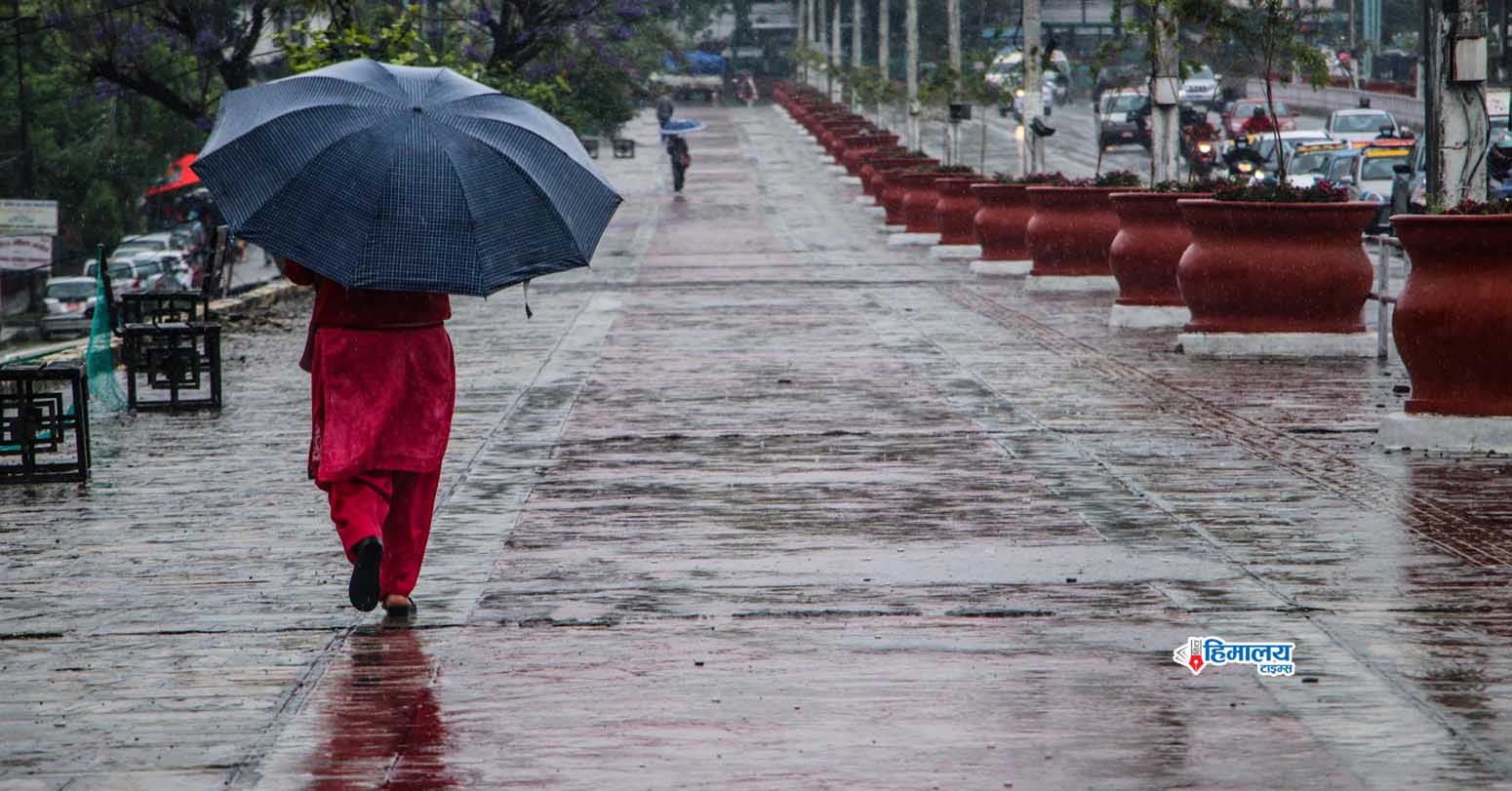
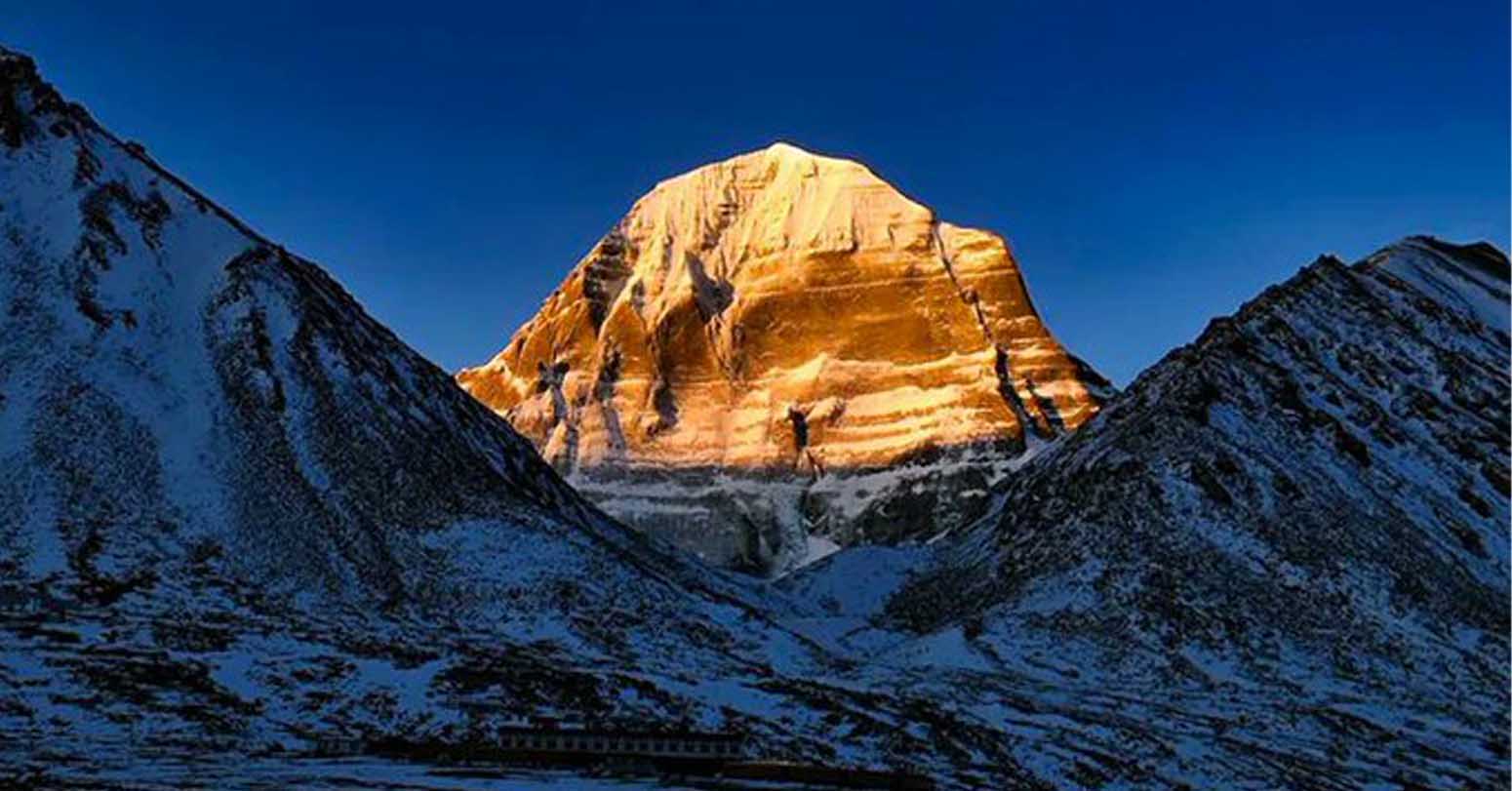
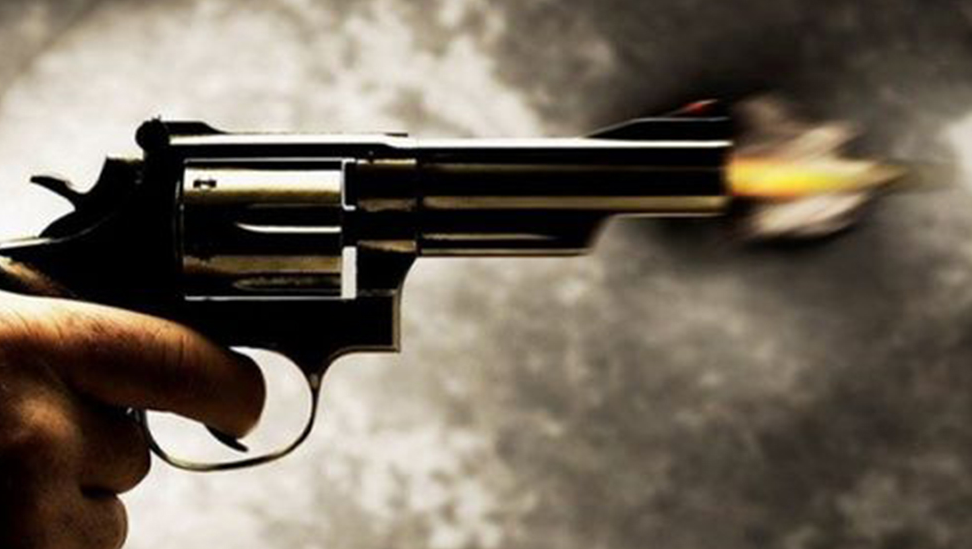
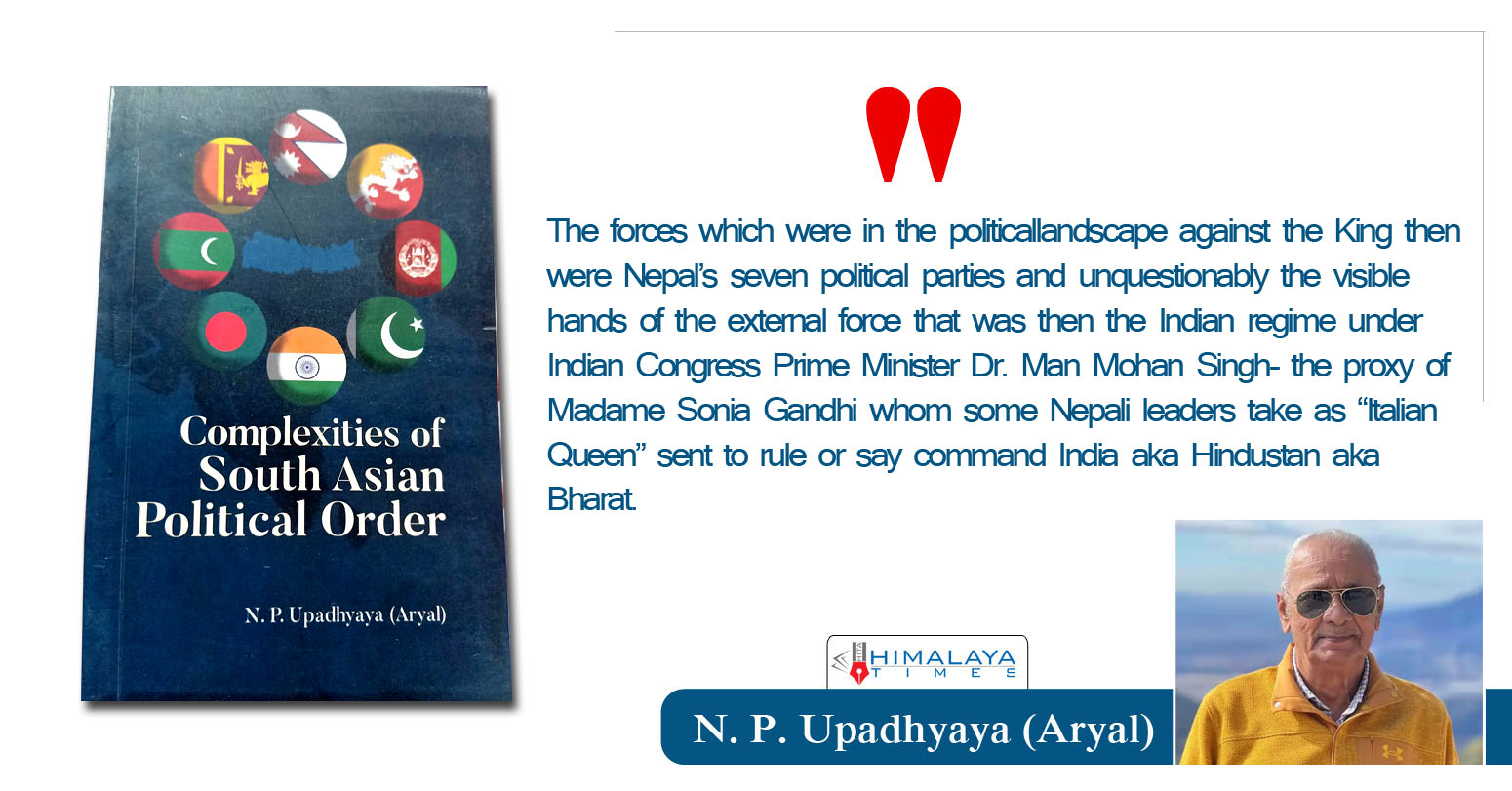
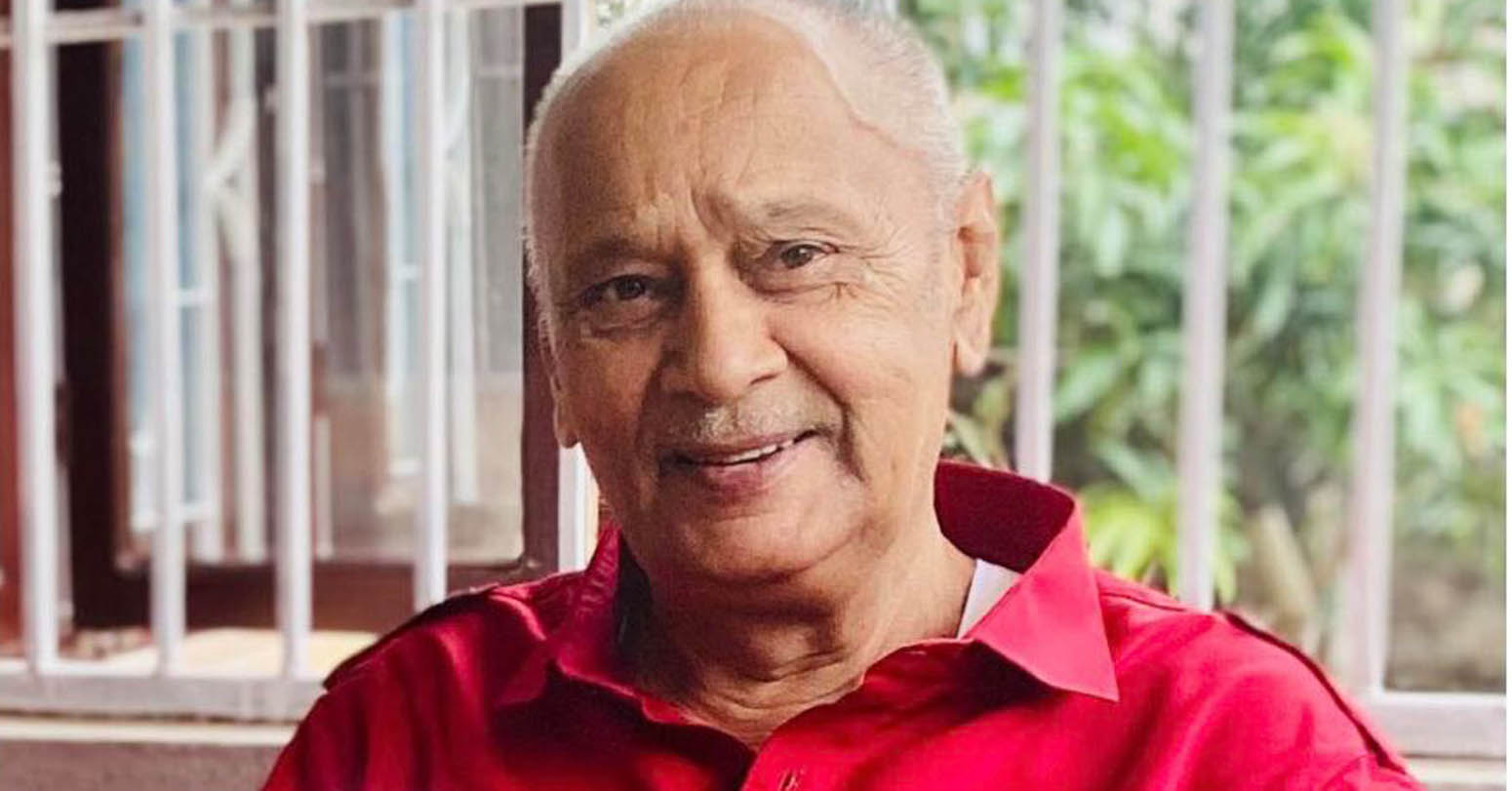
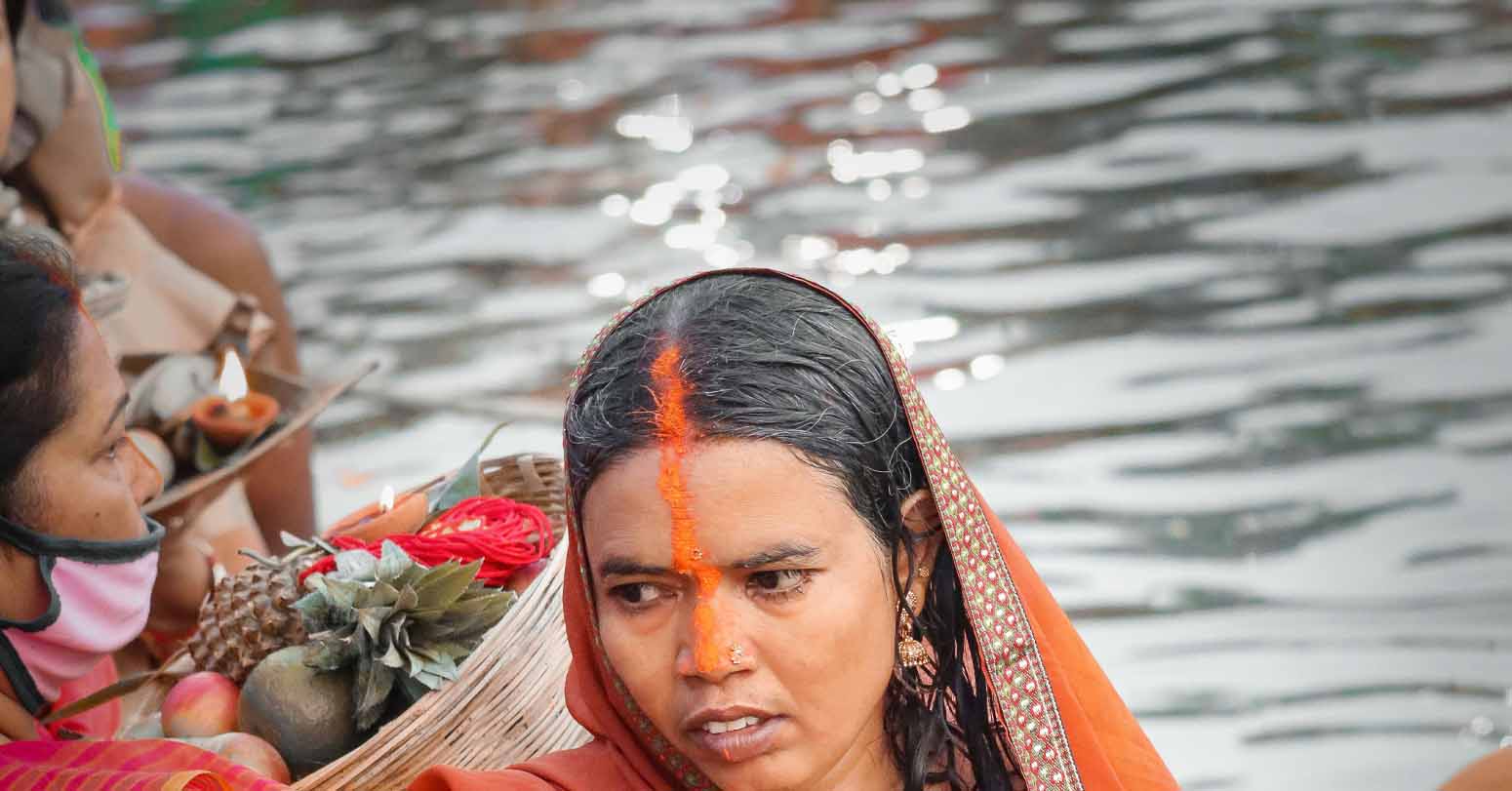
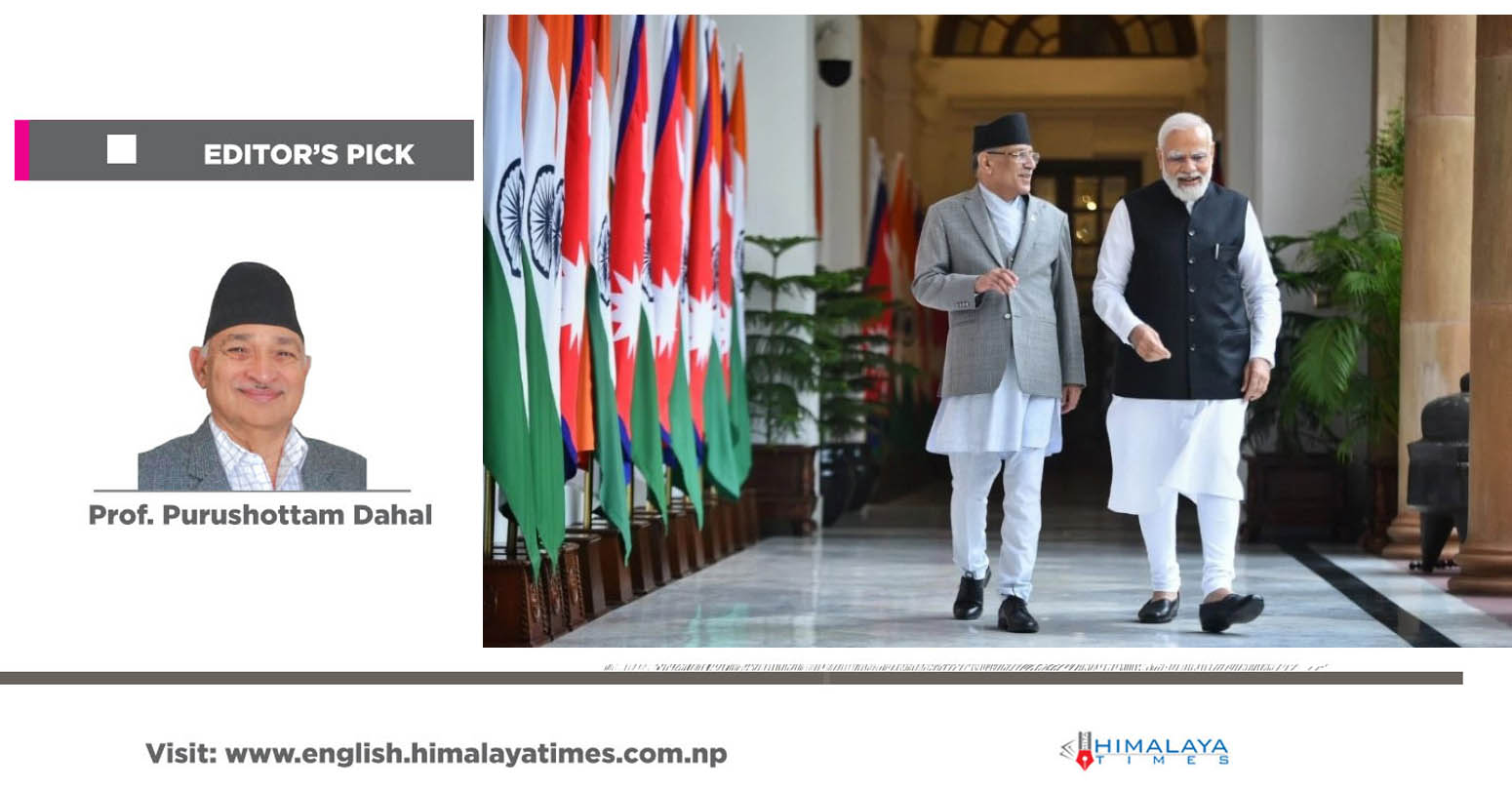
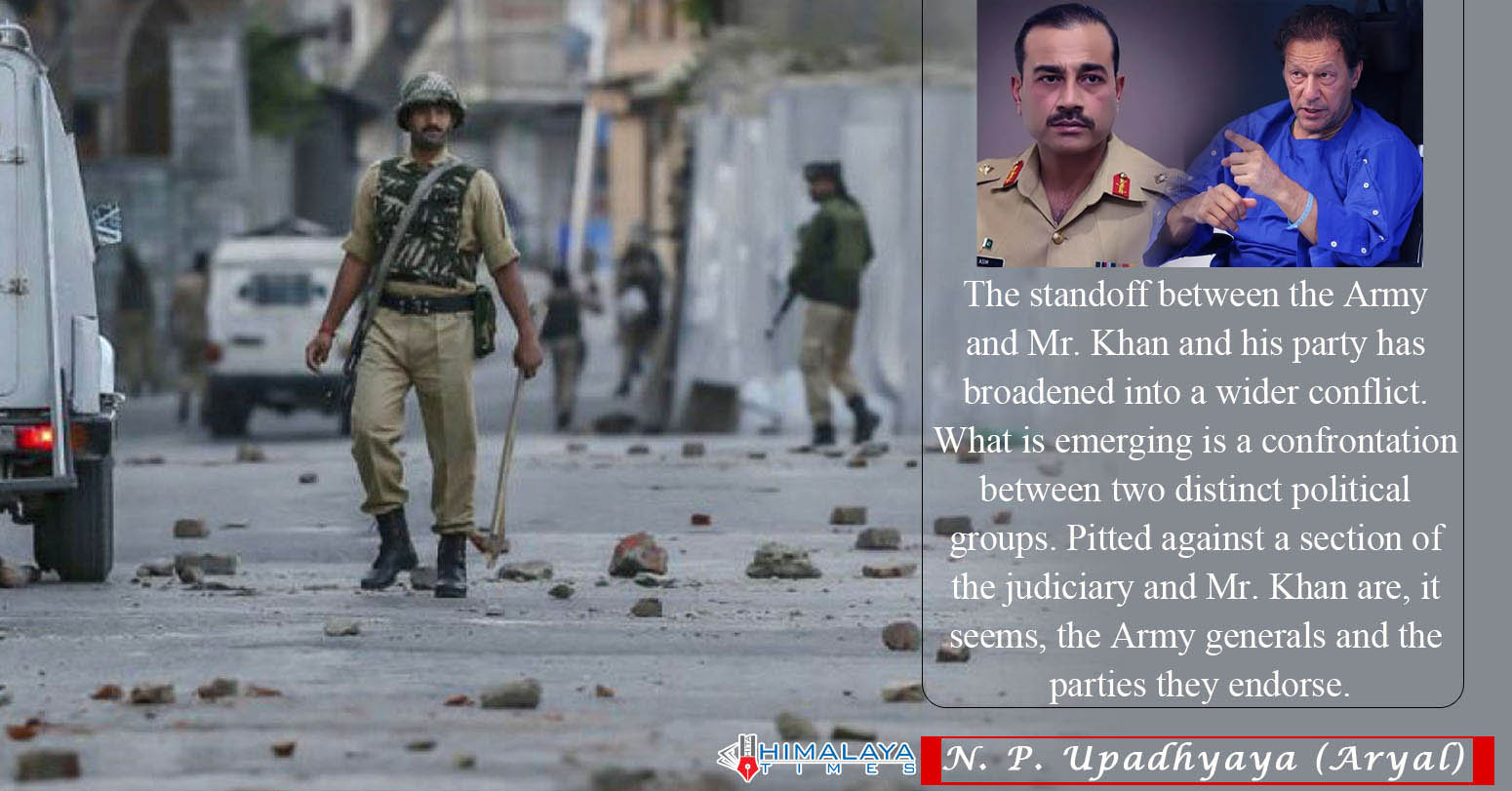
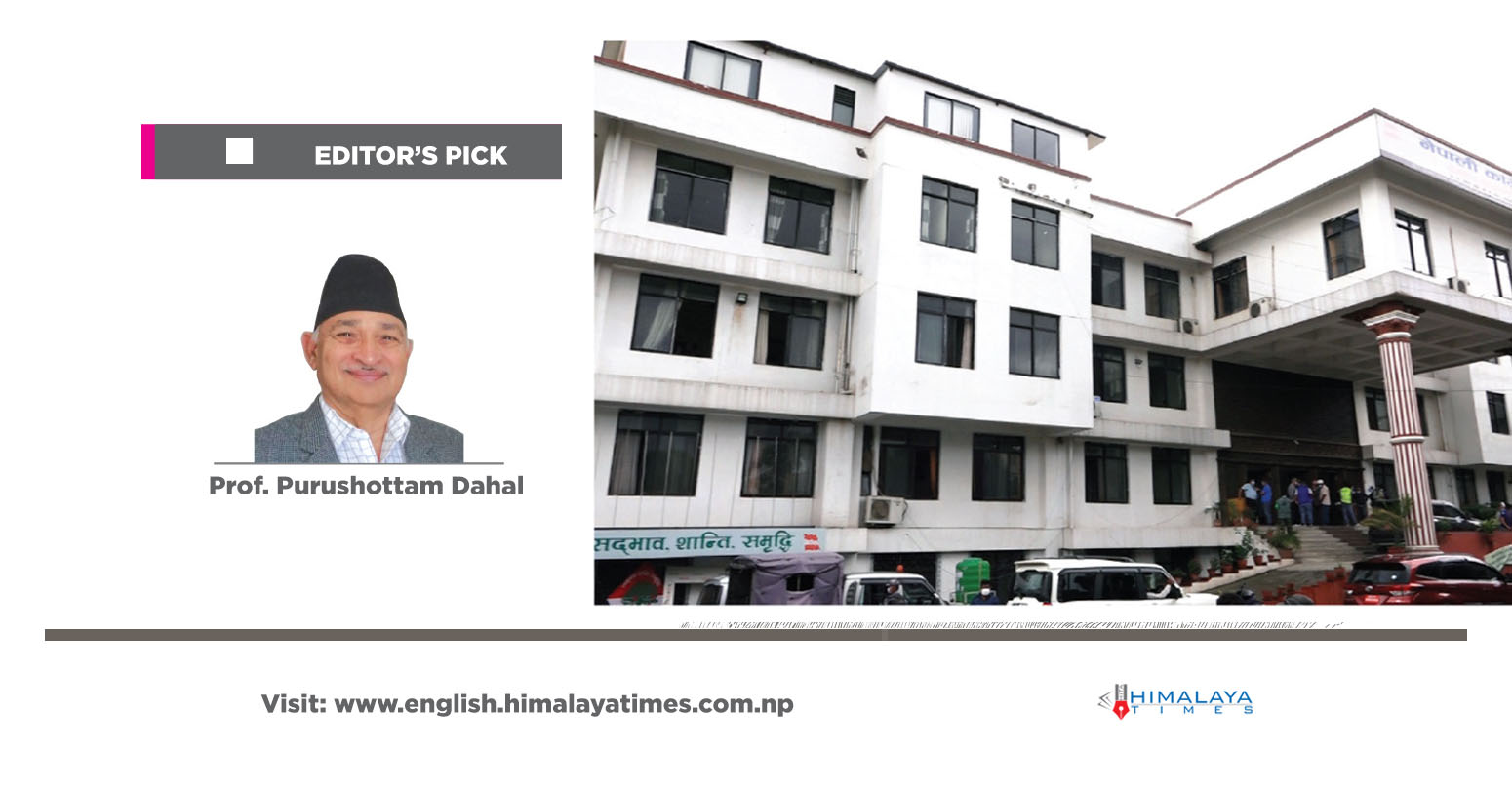

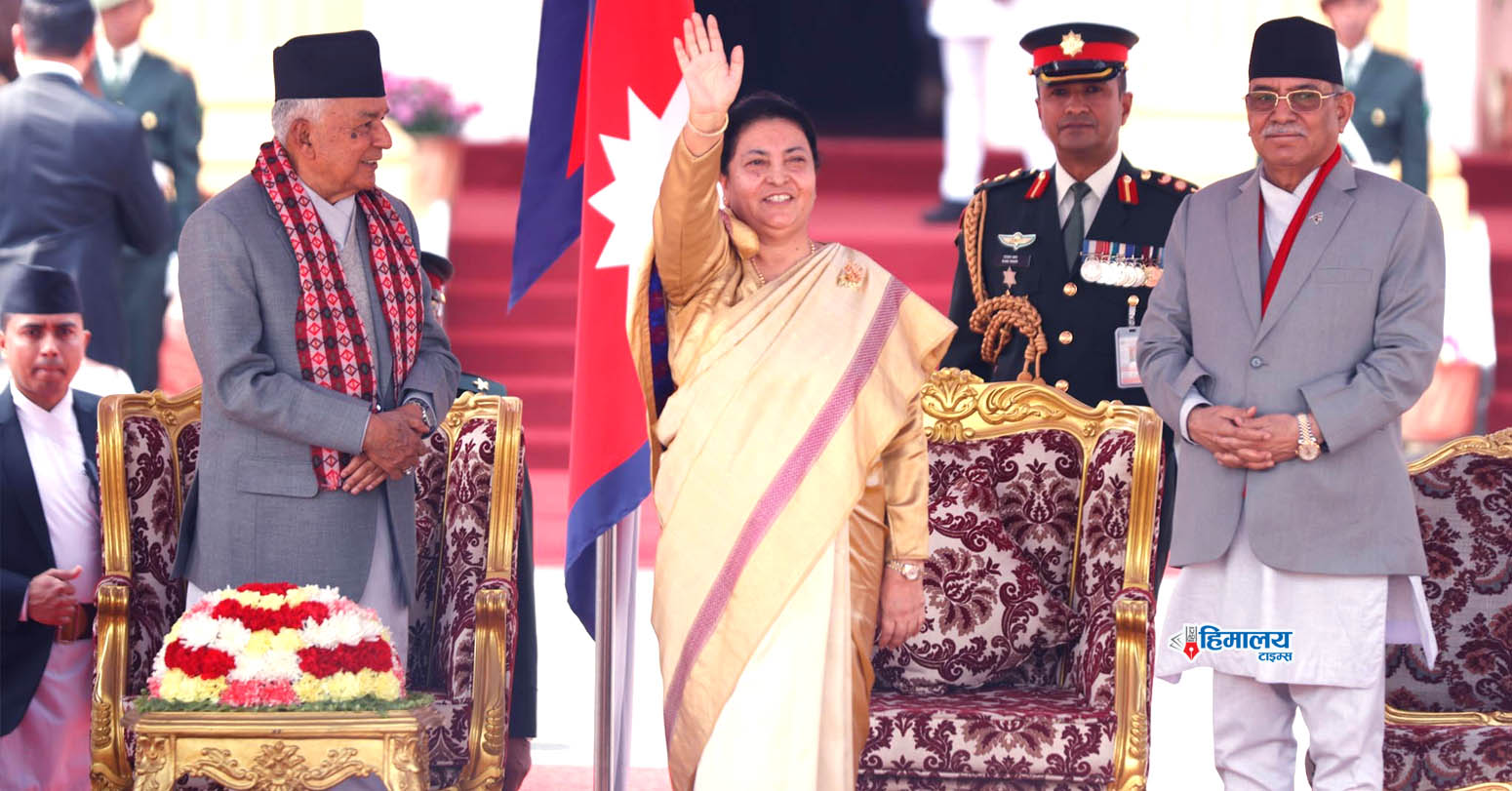

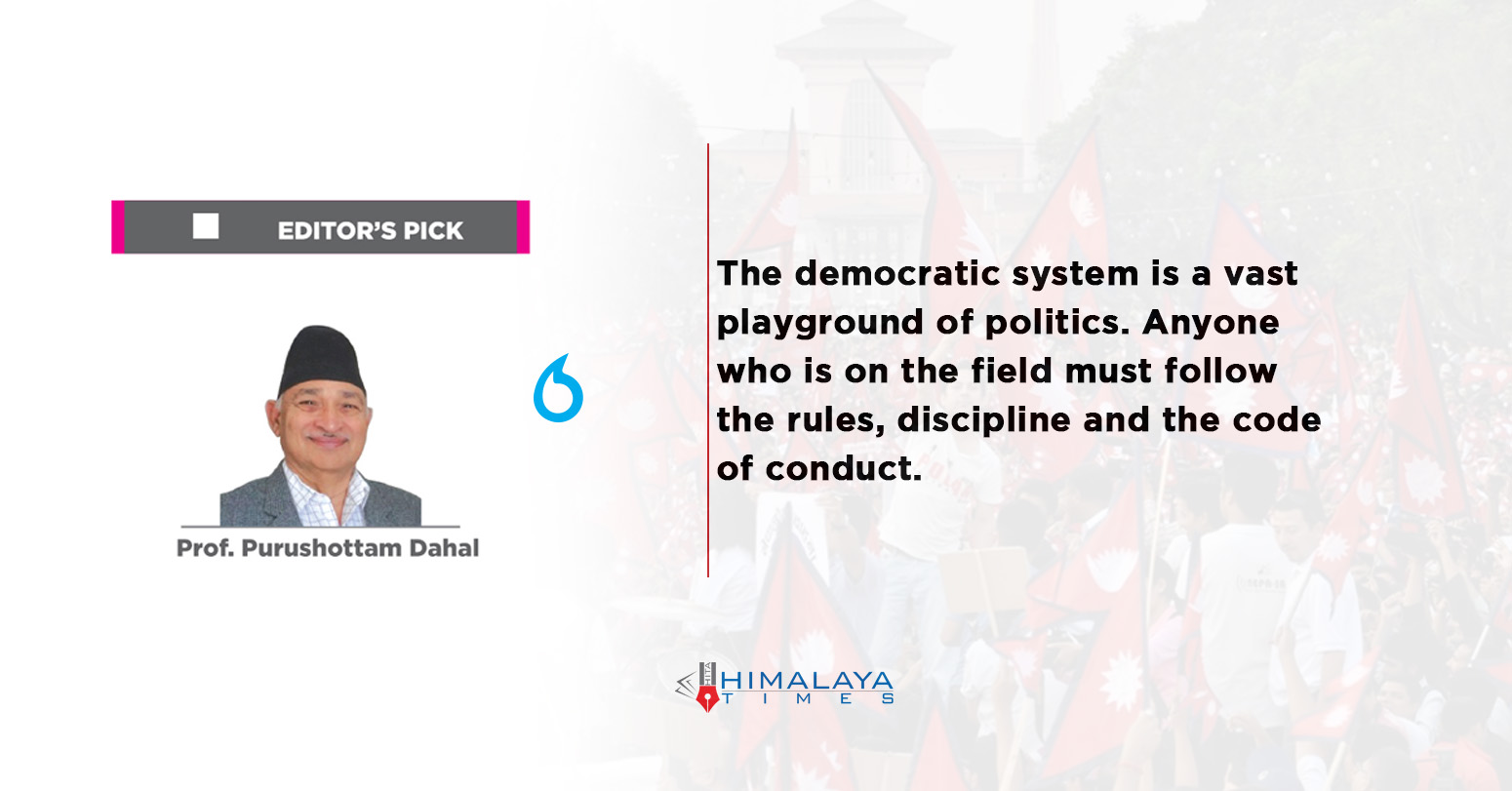
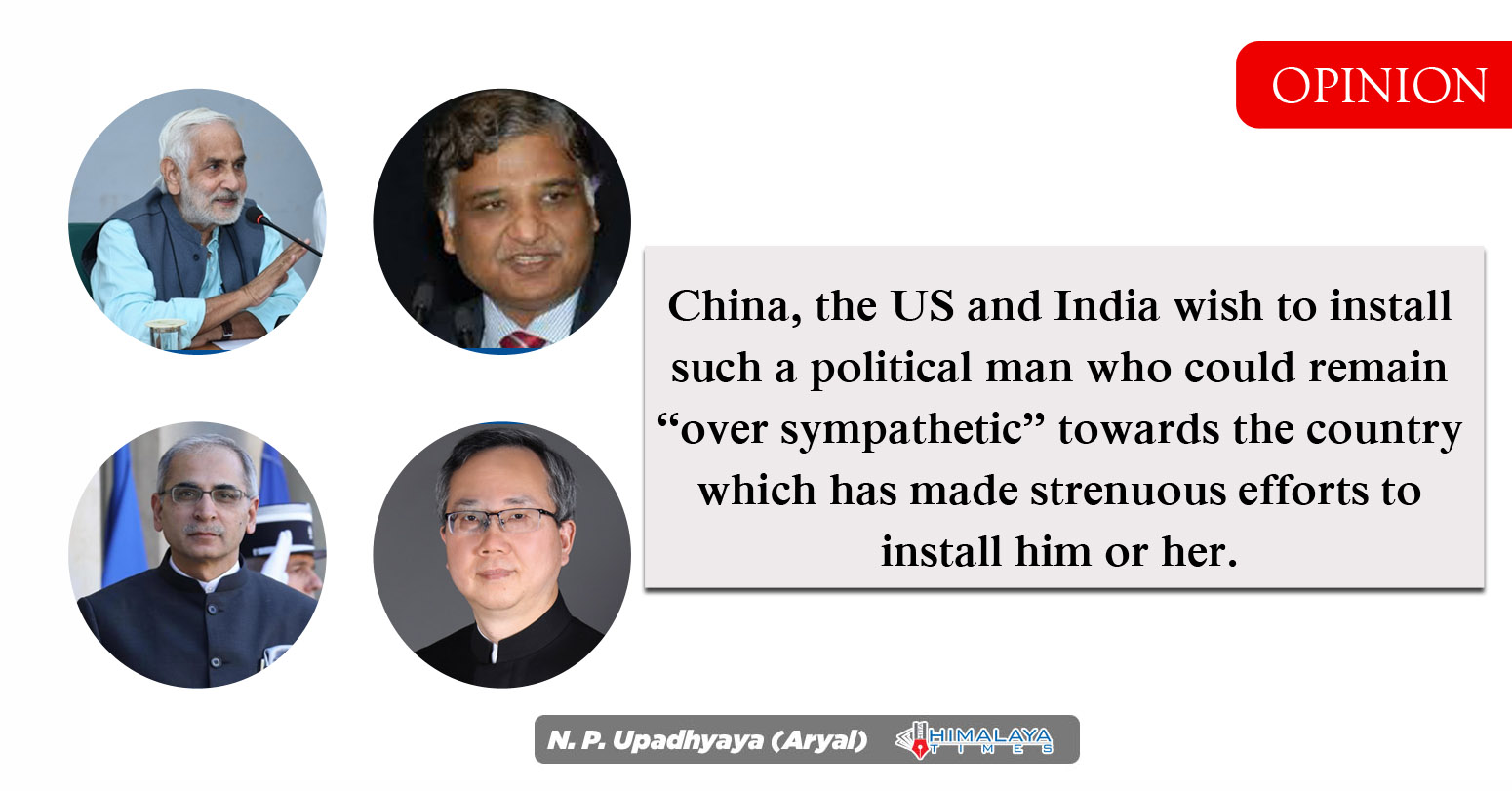

Thoughtful ! Article has been ssen and found fully based on ground reality ! Thanks and appreciate !